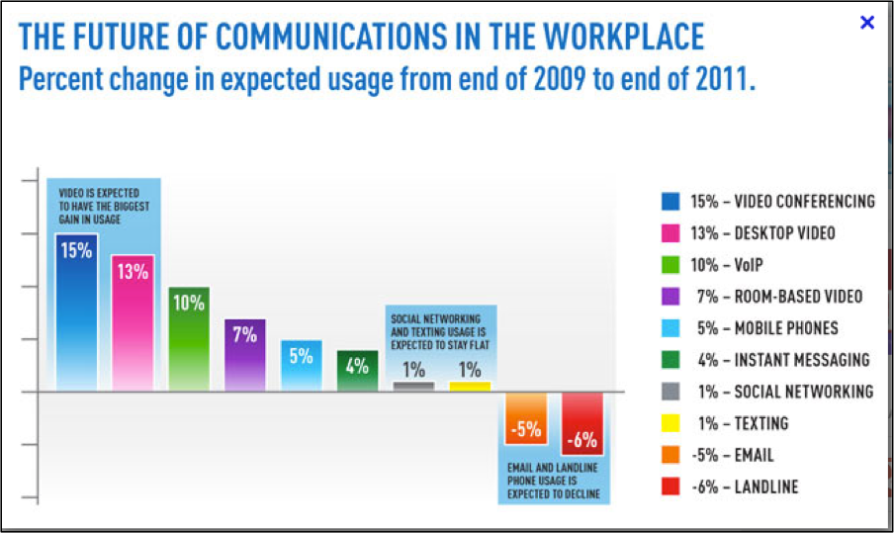Oscar Winning Film: Slum dog Millionaire and Social Inequality portrayed in Media?
As an audience, we are often befuddled by the images we see in movies and often wonder if they provide a true perspective on a scenario, which appears realistic. The movie Slum Dog Millionaire questions the credibility of the Oscar-winning film director Danny Boyle and whether his portrayal of Dharavi (the largest slum in India) was a true image of real slum life. As Croteau says, ‘the inequalities in the social world have affected the organization of the media industry that produces media products’ (Croteau, 185)
Slum dog Millionaire recounts the childhood of a young boy Jamal who has been brought up in Dharavi all his life and faces adversity such as severe poverty; oppression under the local mafia. The movie highlighted certain aspects of his life such as having a weak economic position, being uneducated, and being physically injured by powerful men. Several Indians were moved by this movie as it exposed harsh realities of slum life that they not unaware of. However, a considerable number felt this movie was not an accurate representation of slum life because it neglected all the positive aspects and only highlighted adversity in slums.
Being an Indian viewer and sensitive to the way my country is portrayed I felt the movie was very harsh on the people who live in slums and also made foreigners create a negative perception of poverty in India. To support my views, there was a study conducted called, Contesting India’s Image on the World Stage, by Ashley Anderson that showed the same. Through her research she discovered that people from Dharavi felt abased because their position in society was reduced to that of a ‘dog’ in the movie. This study was conducted to assess the audience reception of the movie based on focus groups and a Facebook movie fan (using media again). Results showed that the movie gained popularity only because of its “sensationalism of the poverty in the slums” (Anderson, 15). Others felt the movie was a “classical western representation” of India and therefore was offensive to Indians (Anderson, 15).
Just as we have addressed in Media Studies, media often represents the ideologies of the white, middle- upper class producers. Danny Boyle through his movie highlighted poverty in India by focusing on the miserable aspects of slum life. He failed to acknowledge the economic prosperity of this community that in reality has had a significant impact on the country’s GDP. This stereotypical representation of India as a ‘poor nation’ in the movie would have had a negative impact on the audience. When I spoke to a few friends in college who were not familiar with Indian culture they were shocked by the unhygienic conditions and poor style of living. Few even based their image of the country on the movie because no movie on India had gained as much popularity as Slumdog Millionaire on the international scale. This biased representation of one slum in one city in India could change the way few people view the entire country.
This brings in the issue of the relationship between media content and the “real” world. Often movies do not reflect the realities of the social world. While no representation of reality can ever be totally “true” or “real” because it must inevitably frame an issue and choose to include and exclude certain components of a multifaceted reality. (Croteau 188).
After this movie was released, it is interesting to see how several people from Dharavi’s whose sentiments were hurt by derogatory representation started taking foreigners on tours to show them the more positive aspects of slum life such as their booming leather and other cottage industry factories. I personally visited the slums to see whether the movie accurately portrayed it and was surprised by the strong community that has been created at Dharavi. People help each other, are willing to loan each other, micro-finance solutions are being provided, and the government is also striving to improve hygiene conditions. These aspects were never shown in the movie, which I thought discriminated against this community. Just because people from less privileged economic backgrounds do not own media, their voices are often unheard. After meeting with locals from Dharavi, I realized that they wished to reverse the negative portrayal that was shown in the movie.
For additional information please refer to:
Movie: Slum Dog Millionaire, Director Danny Boyle, Fox Searchlight Pictures, Warner Bros. Pictures (US), 2008, DVD
Information about protests against the movie:
http://uk.reuters.com/article/2009/02/03/uk-india-slumdog-protest-sb-idUKTRE5122D320090203
Related articles:
Wrisley, Jarrett. “Real People, Not Slumdogs – Magazine – The Atlantic.” The Atlantic — News and Analysis on Politics, Business, Culture, Technology, National, International, and Life – TheAtlantic.com. Web. 11 Feb. 2012. <http://www.theatlantic.com/magazine/archive/2009/02/real-people-not-slumdogs/7312/>.
Yardley, Jim. “A Symbol of Hope, Wrapped in a Slum.” International Herald Tribune: 1. ProQuest Central. Dec 29 2011. Web. 24 Feb. 2012 .

